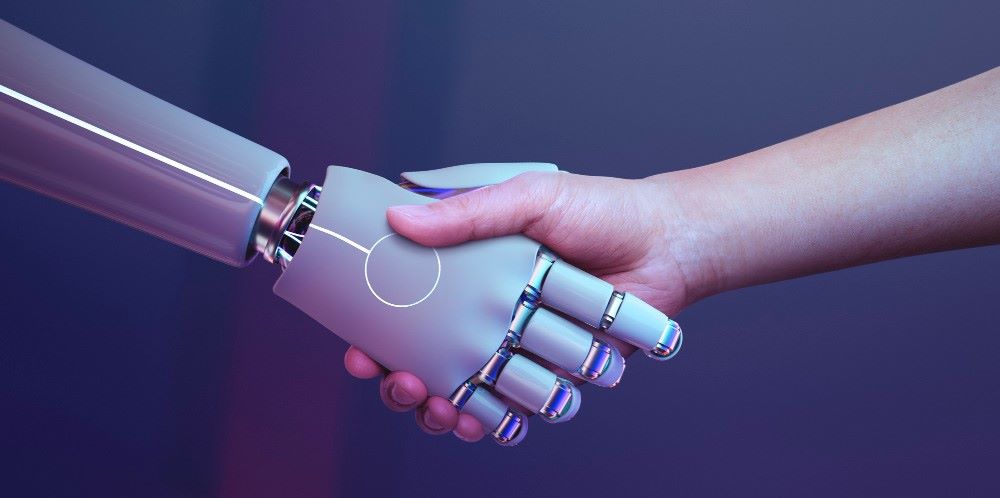The chemical industry is no stranger to complexity. With pricing shaped by everything from oil and gas markets to agricultural cycles. As the trade in industrial chemicals is constantly influenced by politics, consumer demand, and regulation, forecasting has always been a high-stakes challenge. But a new force is now reshaping how the chemical sector navigates value: artificial intelligence (AI).
From predicting price movements to anticipating supply chain disruptions, AI is quickly becoming a critical tool in helping chemical companies make faster, smarter, and more confident decisions.
How AI Improves Forecast Accuracy
AI doesn’t just process more data—it understands patterns that would be impossible for a human analyst to detect in time. This is because traditional forecasting methods—manual data analysis, spreadsheets, and market reports—can no longer keep up with the pace of change in a global chemical industry.
AI, however, can find patterns in large data sets, even allowing for market shocks, such as geopolitical or extreme weather events through different processes, including:
- Predictive modelling: AI tools can analyze historical trade, pricing, and logistics data to project future trends with high confidence.
- Machine learning (ML): Algorithms adjust based on new inputs—learning from price swings, news events, or climate impacts in real time.
- Scenario planning: AI can simulate ‘what-if’ situations—like a port closure or energy crisis—and model their potential effects.
- Faster insights: Real-time dashboards flag deviations or emerging trends instantly, supporting quicker decisions.
But what makes AI truly powerful is its ability to combine the information from diverse, multi-dimensional data sets.
While it would be almost impossible for a human to blend the data from customs reports, vessel tracking, and import/export filings alongside market price indexes from chemical industry data sources, such as ICIS and Argus, as well as factoring in constant price fluctuations from online trading sites, such as SPOTCHEMI—the latest AI models are adept at using all this data to predict future chemical product prices.
The result is a tool which can be applied to help companies forecast demand for high-volume chemicals such as methanol, urea, or PVC, identify early supply risks, such as port congestion, labour strikes, or feedstock shortages, optimise procurement by predicting price drops or recommending strategic stockpiling. AI can even help plan production based on raw material availability and expected downstream demand.
Related articles: EU Launches Bold Plan to Strengthen Europe’s Chemical Industry or Q2 Report 2025: The Top 10 Most Traded Chemicals on Spotchemi
For example, an AI system might detect that urea exports from the Middle East are declining while India’s monsoon planting season is approaching—automatically alerting buyers of a potential price spike.
While AI is powerful, it’s not infallible. This means there are several pitfalls to avoid when using AI, these include:
- Data quality: Forecasts are only as good as the data that feeds them.
- Model bias: If algorithms are trained on outdated or incomplete data, results may skew.
- Overreliance: Human expertise remains critical to interpret AI recommendations and factor in geopolitical nuance or regulatory knowledge.
To keep AI predictions of chemical product pricing at its most accurate, users need to apply transparency to ensure correct data input, maintain the latest AI model, and use human oversight as a final check on any price estimate produced.
Some AI control methods include, running the model two or even three times to see if the same results are issued, or wording questions in a negative or opposite form. For example, if a price for chlorine is given, then it may also be worth checking for a price prediction for caustic soda. This is because, these two chemicals are co-products, and so often have a price inverse relationship.
As chlorine and caustic soda are both produced through the electrolysis of brine (saltwater), one cannot be produced without also producing the other. If demand for chlorine rises (e.g., in PVC production), production of caustic soda increases as a by-product, potentially leading to oversupply and a drop in caustic soda prices, even as chlorine prices rise.
A human who is aware of these co-operative price relationships can check AI chemical price predictions using this logic as a control.
As global chemical markets grow more complex, AI is emerging as a competitive advantage. From real-time risk alerts to long-term demand forecasting, artificial intelligence allows companies to react faster, plan better, and outperform the market.
Yet, AI is not here to replace chemical market analysts—it is, instead, here to enhance their capabilities. Allowing for a blend of digital insights combined with human intuition means that the future of chemical product pricing is not just about collecting more data—it’s about making that data work smarter.
As such, it is works alongside other predictive tools, such as chemical price and trading data platforms, like SPOTCHEMI, which monitor real-time market sentiment or just good ol’ gut instinct.
This means that whether you’re a buyer, trader, or procurement lead, adopting AI-powered forecasting tools could be the key to staying ahead in 2025 and beyond.
Photo credit: Starline on Freepik, jcomp, Pressfoto, & Rawpixel




